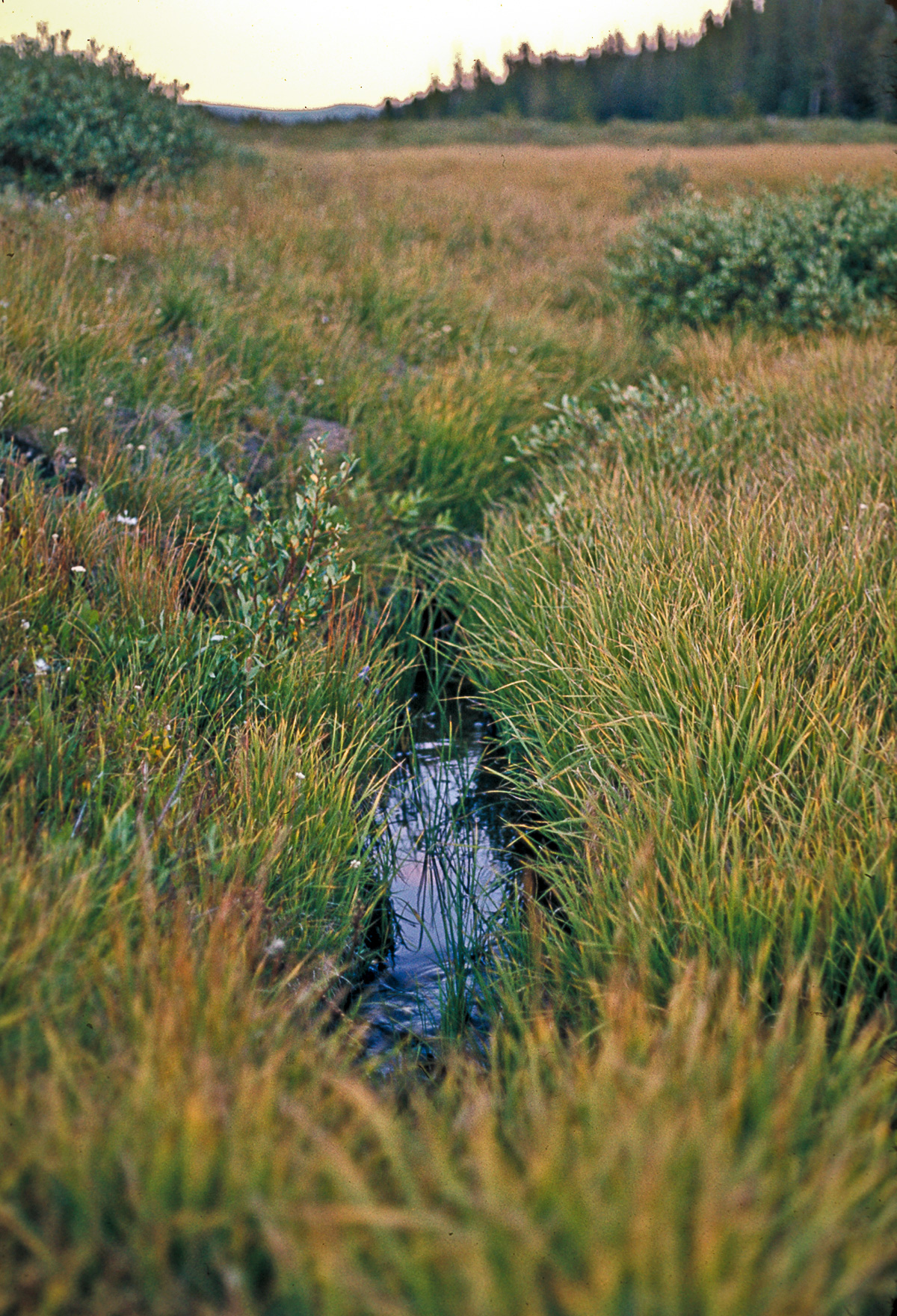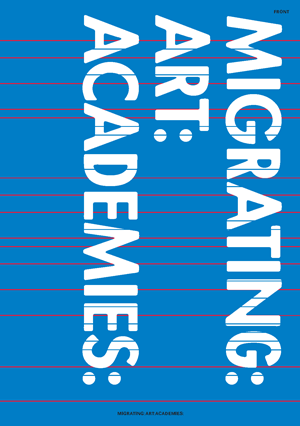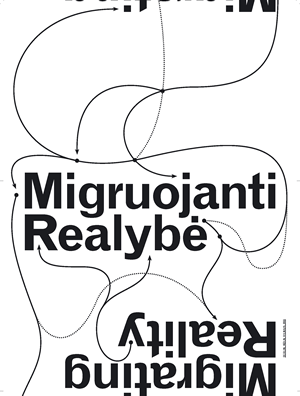One hundred pages in, now into the fall of 1942 as, unbeknownst to Klemperer directly at the time, the “Final Solution” is being implemented by the Nazis. Hearsay begins to accumulate. Klemperer’s microscopic view, no, his immersion in life as a Jew married to an “Aryan”—a ‘special’ case in the Nazi hierarchy of depravity—is at once thoroughly banal as a daily journal while riveting as an unmasking of Arendt’s “banality of evil.” The horrifying details of the increasingly oppressive restrictions accumulate incrementally within a framework of conflicting logics each day, while random visits from the Gestapo destroy any vestiges of normality as the wider German population seems largely clueless by choice.
A partial list derived from the book encompassing some of the punitive laws and conditions in place by the early summer of 1942:
- Mandatory Identification: Jews were required to wear the yellow Star of David visibly on their clothing. It could not be pinned on, it had to be sewn on a heavy outer coat, making the wearing of it even more unbearable in the summer.
- Travel Restrictions: Jews were prohibited from owning cars or bicycles, and they faced severe restrictions on public transport usage. Travel between cities required special permission.
- Property Confiscation: Jews were stripped of personal property, including homes, furniture, and valuables, which were often confiscated or forcibly sold at low prices.
- Housing Restrictions: Jews were forced into overcrowded “Jewish houses” (Judenhäuser) and forbidden from renting or owning other properties.
- Employment Bans: Jews were excluded from most professions and could only work in jobs deemed acceptable by the regime, typically low-wage manual labor.
- Food and Shopping Restrictions: Access to groceries was limited, with Jews only allowed to shop during restricted hours, often when stores were nearly empty.
- Education Prohibitions: Jewish children were barred from attending public schools, and higher education was entirely closed off to Jews.
- Social Isolation: Jews were banned from many public spaces, including parks, theaters, cinemas, and libraries.
- Medical Access: Jews could not visit non-Jewish doctors or hospitals and were denied most medical care except from a few Jewish professionals.
- Curfews and Movement Limits: Jews were subjected to curfews and confined to specific areas.
- Marriage and Relationships: Marriages between Jews and non-Jews were outlawed, and existing mixed marriages faced intense scrutiny and pressure.
- Cultural Erasure: Jews were barred from owning radios, telephones, and typewriters, further isolating them from the broader world.
- Confiscation of Pets: Jews were forbidden from owning pets, and any existing ones were often confiscated or destroyed.
- Bank Account Monitoring: Jewish bank accounts were closely monitored, with savings often seized.
- Deportations: The ultimate restriction was the ongoing deportation of Jews to ghettos, concentration camps, and extermination camps.
These measures, constantly being ramped up, aimed to dehumanize, isolate, and impoverish Jews, stripping them of their rights and dignity as part of the Nazi regime’s genocidal agenda. The diaries provide an invaluable firsthand account of the escalating persecution during this period. And, obliquely, how the wider population either participated in the process or remained purposely ignorant.
I will probably suspend reading this volume in the stead of first understanding the more insidious evolution he documents in the first volume where the initial Nazi take-over of Germany proceeds:






